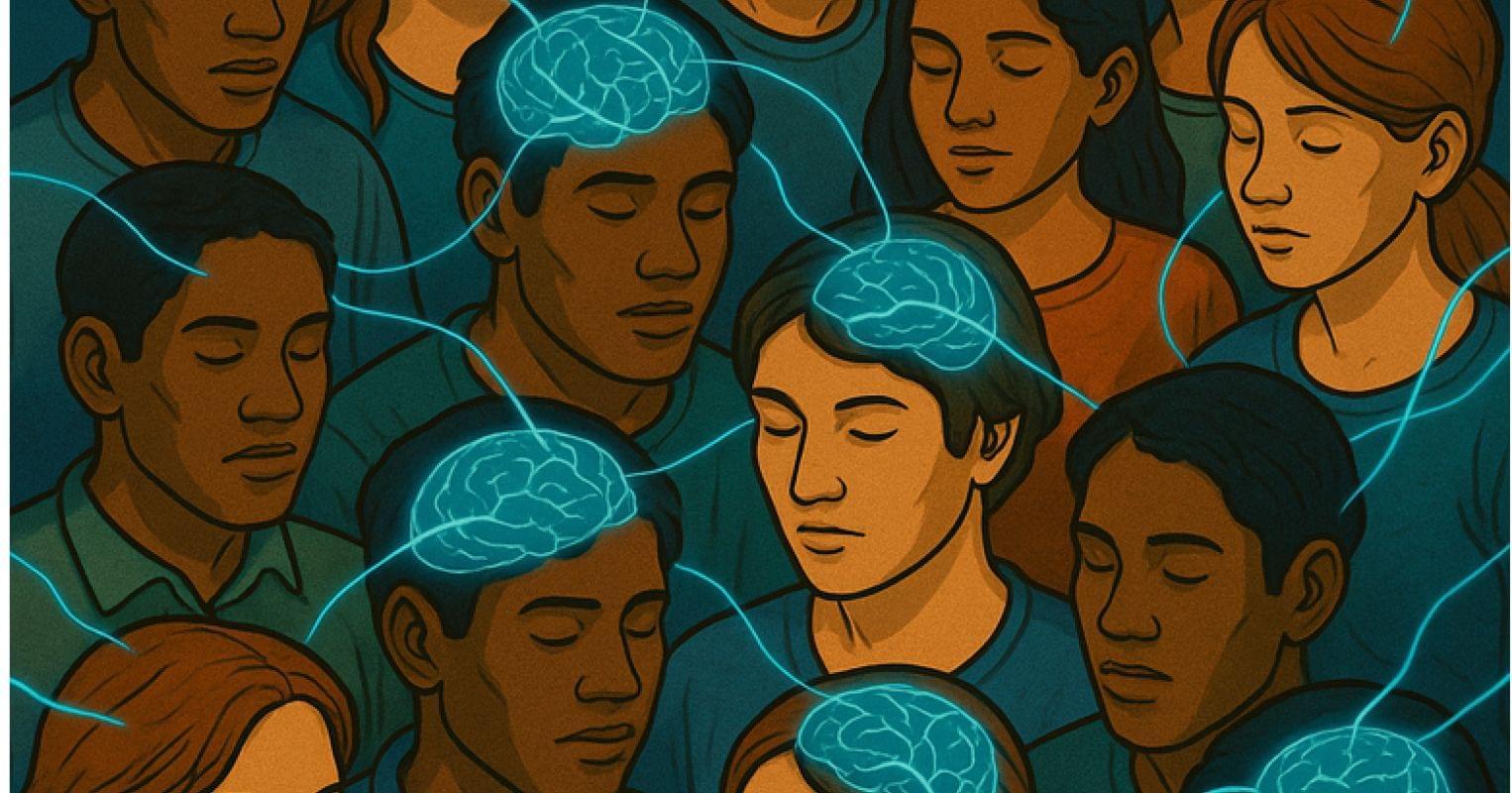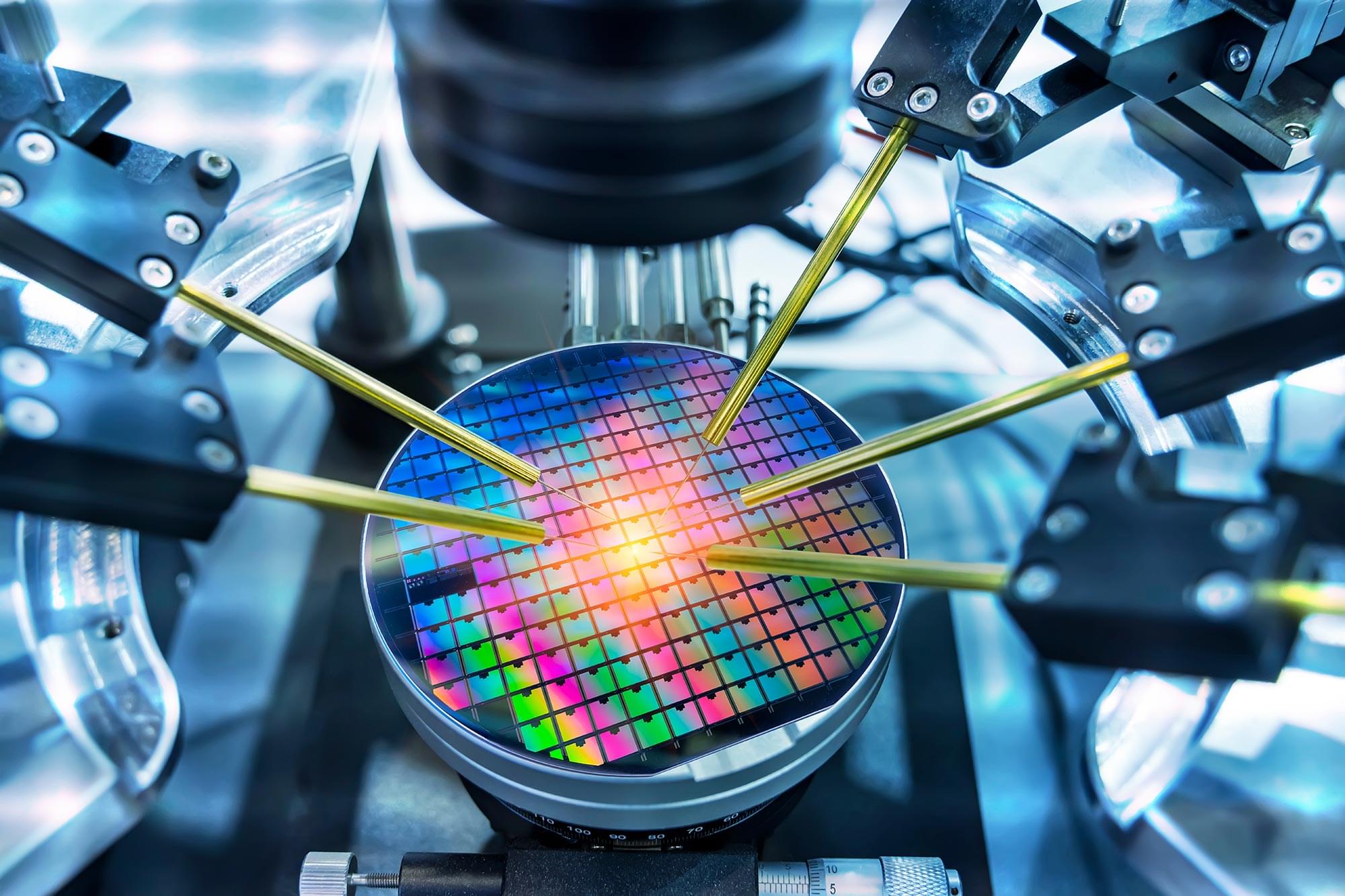From smart grids to the internet of things, the modern world is increasingly reliant on connectivity between electronic devices. Thanks to University of Ottawa researchers, these devices can now be simultaneously connected and powered with a simple optical fiber over long distances, even in the harshest environments.
This significant step forward in the development of photonic power converters—devices that turn laser light into electrical power —could integrate laser-driven, remote power solutions into existing fiber optic infrastructure. This, in turn, could pave the way for improved connectivity and more reliable communication in remote locations and extreme situations.
“In traditional power over fiber systems, most of the laser light is lost,” explains Professor Karin Hinzer of the University of Ottawa’s SUNLAB, which collaborated with Germany’s Fraunhofer Institute for Solar Energy Systems on the study. “With these new devices, the fiber can be much longer.”





